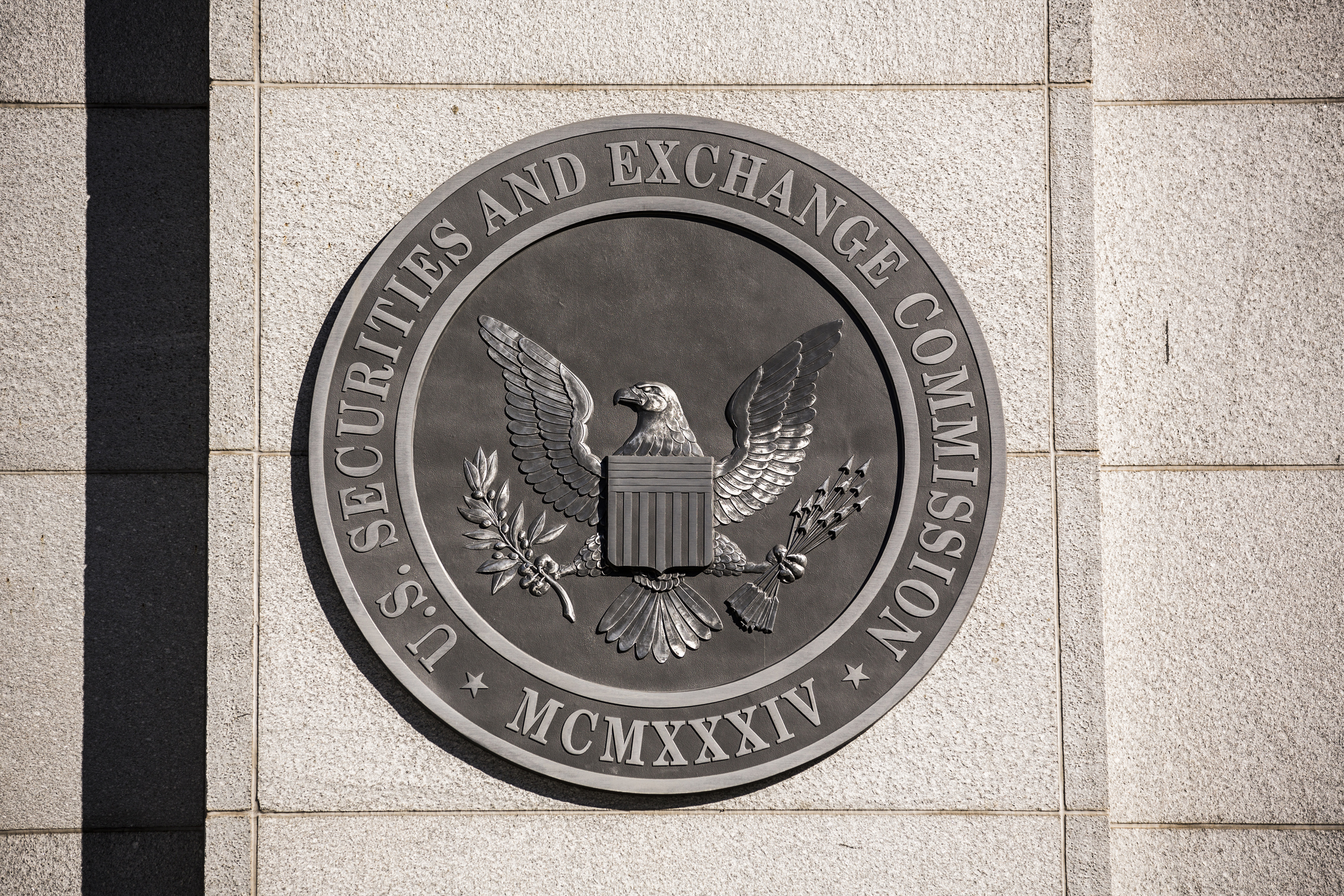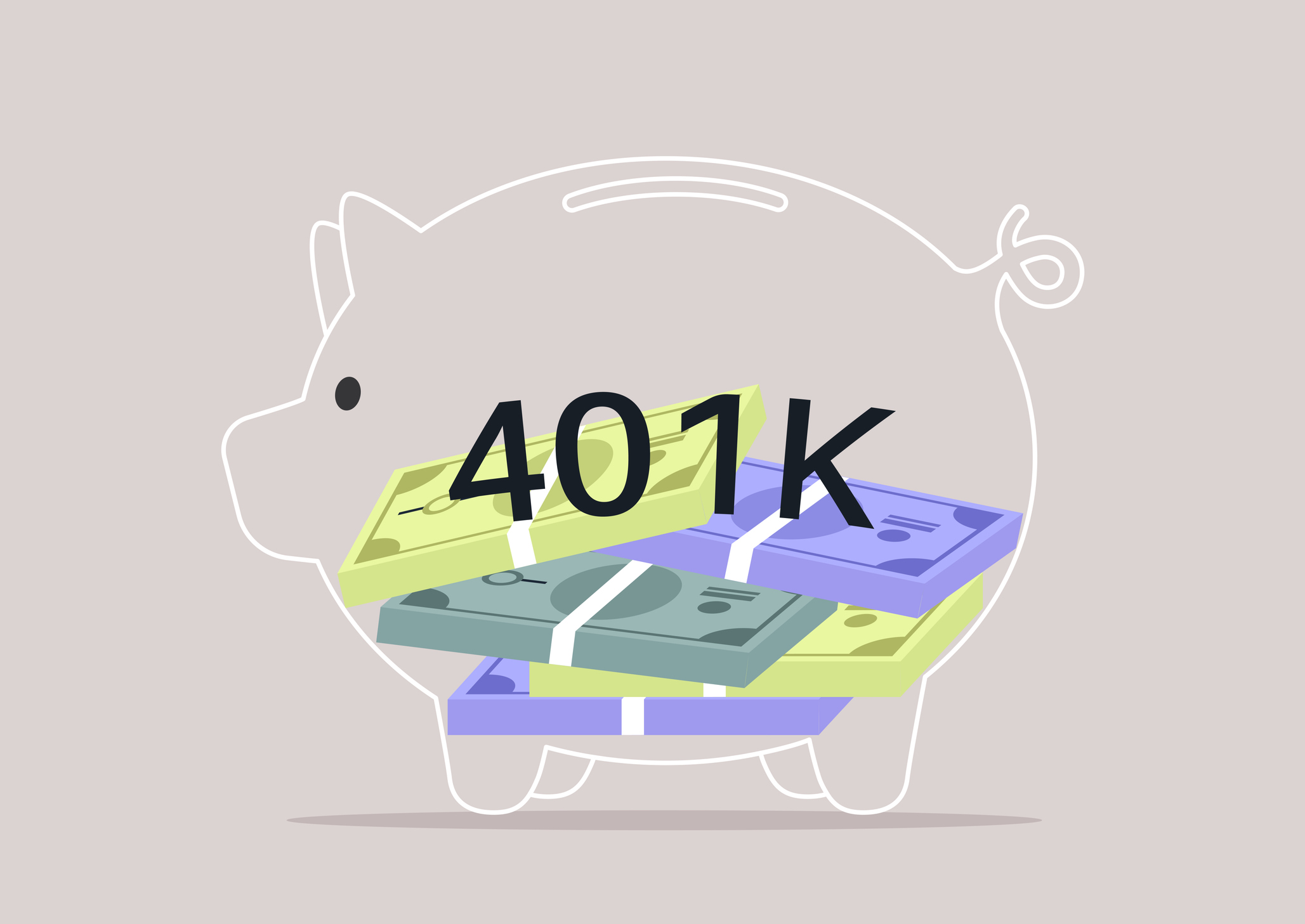Will Starbucks Perk Up?
The coffee chain has big plans for expansion, but growing pains are hurting its shares. The slump in its stock price could be a buying opportunity, though.
If you think there's a Starbucks on every corner now, just wait. The ubiquitous coffee chain's aggressive growth strategy involves doubling the number of its U.S. stores, from about 10,000 currently. Starbucks also plans to expand its international presence from more than 4,000 foreign stores to a whopping 20,000.
And that's a conservative estimate, says Citigroup analyst Glen Petraglia. "Starbucks has proven that the brand travels well, and, in all likelihood, they can continue to grow," he says. "There are many years of aggressive growth left." Investors, he adds, should view Starbucks' potential in context of other big U.S. chains with a substantial overseas presence.
One, in particular, comes to mind: McDonald's, which generates about two-thirds of its sales abroad and has been giving Starbucks a run for its money lately with its own line of cappuccinos, lattes and mochas. "Starbucks today is like McDonald's was in 1985," says Thomas Galvin, manager of the Excelsior Large Cap Growth fund. "I think you'll see Starbucks there in five to seven years. The company has a lot of room to grow on the international side."
From just $107.88 $24.99 for Kiplinger Personal Finance
Become a smarter, better informed investor. Subscribe from just $107.88 $24.99, plus get up to 4 Special Issues

Sign up for Kiplinger’s Free Newsletters
Profit and prosper with the best of expert advice on investing, taxes, retirement, personal finance and more - straight to your e-mail.
Profit and prosper with the best of expert advice - straight to your e-mail.
Although its long-term growth story sounds promising, Starbucks has been experiencing growing pains lately. Its shares (symbol SBUX), which closed at $26.10 on October 19, are down from $38 a year ago.
The Seattle-based chain has been struggling with soaring milk prices, along with rising energy and labor costs. To help offset those increased costs, the company raised prices on coffee and other drinks twice over the past year.
Meanwhile, Starbucks' sales growth is slowing at stores that have been open for more than a year. That, coupled with rising competition from fast-food chains such as McDonald's, prompted Banc of America analyst Brian Barish to downgrade Starbucks to "sell" on September 27. "We don't question whether or not Starbucks can go ... to its 40,000 units target," says Barish "but we are questioning the pace and the 'grace' with which that can happen."
The headwinds that Starbucks currently faces should let up in 2008, Petraglia wrote in a note to clients on October 19. Milk prices are expected to fall, and Starbucks expects to generate earnings growth of 20% to 22% during the 2008 fiscal year, which ends next September 30.
However, the ongoing tug-of-war between Starbucks bulls and bears will likely continue. Petraglia, who retained his "buy" rating on the stock, expects the shares to trade in the $25 to $30 range in the near term and reach $35 within 12 months.
The company, which is slated to report earnings for the fourth quarter of fiscal 2007 on November 15, warned in June that it would be hard-pressed to meet the high end of its 2007 forecast of 87 cents to 89 cents. The stock currently trades at 30 times analysts' 2007 earnings estimates of 87 cents per share and 25 times forecasted fiscal 2008 earnings of $1.05 per share, according to Thomson First Call.
Galvin sees the slump in Starbucks' shares as an opportunity for long-term investors. "Even though earnings haven't been solid, growth rates are still attractive," he says. "Starbucks has created a unique experience that draws people back."
Profit and prosper with the best of Kiplinger's advice on investing, taxes, retirement, personal finance and much more. Delivered daily. Enter your email in the box and click Sign Me Up.
-
 'Humbug!' Say Consumers, Despite Hot GDP: Stock Market Today
'Humbug!' Say Consumers, Despite Hot GDP: Stock Market Today"The stock market is not the economy," they say, but both things are up. Yet one survey says people are still feeling down in the middle of this complex season.
-
 The SEC Is Concerned for Older Investors and Retirement Savers. Here's What You Should Know
The SEC Is Concerned for Older Investors and Retirement Savers. Here's What You Should KnowThe SEC focusing on older investors, retirement and college savers, and private securities. Here's how those changes impact you.
-
 Vesting, Catch-Ups and Roths: The 401(k) Knowledge Quiz
Vesting, Catch-Ups and Roths: The 401(k) Knowledge QuizQuiz Test your understanding of key 401(k) concepts with our quick quiz.
-
 If You'd Put $1,000 Into Coca-Cola Stock 20 Years Ago, Here's What You'd Have Today
If You'd Put $1,000 Into Coca-Cola Stock 20 Years Ago, Here's What You'd Have TodayEven with its reliable dividend growth and generous stock buybacks, Coca-Cola has underperformed the broad market in the long term.
-
 If You Put $1,000 into Qualcomm Stock 20 Years Ago, Here's What You Would Have Today
If You Put $1,000 into Qualcomm Stock 20 Years Ago, Here's What You Would Have TodayQualcomm stock has been a big disappointment for truly long-term investors.
-
 If You'd Put $1,000 Into Home Depot Stock 20 Years Ago, Here's What You'd Have Today
If You'd Put $1,000 Into Home Depot Stock 20 Years Ago, Here's What You'd Have TodayHome Depot stock has been a buy-and-hold banger for truly long-term investors.
-
 What the Rich Know About Investing That You Don't
What the Rich Know About Investing That You Don'tPeople like Warren Buffett become people like Warren Buffett by following basic rules and being disciplined. Here's how to accumulate real wealth.
-
 If You'd Put $1,000 Into Bank of America Stock 20 Years Ago, Here's What You'd Have Today
If You'd Put $1,000 Into Bank of America Stock 20 Years Ago, Here's What You'd Have TodayBank of America stock has been a massive buy-and-hold bust.
-

 If You'd Put $1,000 Into Oracle Stock 20 Years Ago, Here's What You'd Have Today
If You'd Put $1,000 Into Oracle Stock 20 Years Ago, Here's What You'd Have TodayORCL Oracle stock has been an outstanding buy-and-hold bet for decades.
-
 How to Invest for Rising Data Integrity Risk
How to Invest for Rising Data Integrity RiskAmid a broad assault on venerable institutions, President Trump has targeted agencies responsible for data critical to markets. How should investors respond?
-
 If You'd Put $1,000 Into Sherwin-Williams Stock 20 Years Ago, Here's What You'd Have Today
If You'd Put $1,000 Into Sherwin-Williams Stock 20 Years Ago, Here's What You'd Have TodaySherwin-Williams stock has clobbered the broader market by a wide margin for a long time.